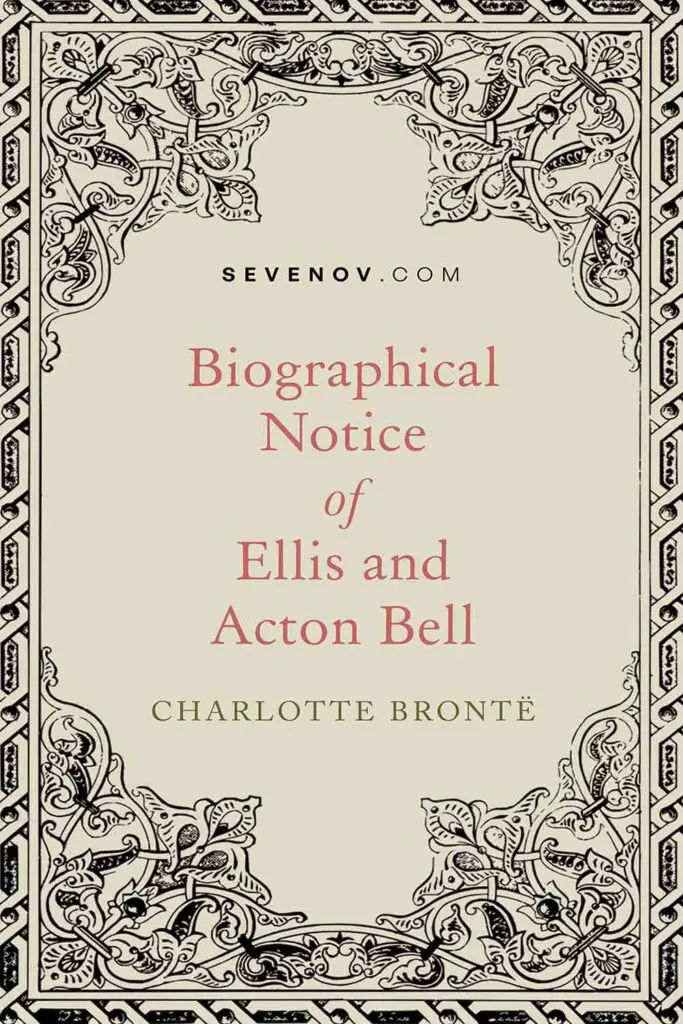
Brontë Parsonage Museum:
Exploring the Brontë Sisters’ Lives
Nestled in the quaint village of Haworth in West Yorkshire, the Brontë Parsonage Museum serves as a tribute to one of England’s most iconic literary families. Once the home of the Brontë siblings – Charlotte, Emily, and Anne – this carefully preserved museum invites visitors to step back into the mid-19th century, providing a vivid context to the lives and works of these celebrated authors. The parsonage, with its period-appropriate furnishings and family memorabilia, allows an intimate glimpse into the family’s daily life and the atmosphere that fueled their creativity.
1. Home of The Brontë Sisters
The Brontë Parsonage Museum not only celebrates the literary achievements of the family but also acts as a custodian of their legacy. It is in these rooms that classics such as Jane Eyre, Wuthering Heights, and The Tenant of Wildfell Hall were penned, resonating through the annals of English literature. Throughout the year, the museum hosts various events, exhibitions, and educational programs, attracting Brontë enthusiasts and literary scholars from around the world to Haworth.
As the museum occupies the actual residence of the Brontë family, it doesn’t just exhibit their works and personal effects; it stands as a historical artifact in its own right. The conservation of the house and its belongings offers a tangible connection to the Brontës, fostering an authentic understanding of their environment and inspirations. Visitors leaving the museum carry with them a richer comprehension of the Brontë family’s contribution to literature and the enduring impact of their extraordinary stories.
To discover additional information about the Brontë family members, simply click or tap on any of the images below.







2. Visiting the Brontë Parsonage Museum
The Brontë Parsonage Museum, located in Haworth, offers a rich historical journey into the lives of the Brontë family. Visitors are invited to explore the home where Charlotte, Emily, and Anne Brontë wrote their famous novels.
2.1. Notable Artifacts and Their Significance
- Manuscripts and Letters: The museum holds an impressive collection of original manuscripts and letters penned by the Brontës. These documents are pivotal in understanding the siblings’ creative processes and personal lives. They include early writings, poems, and drafts of famous novels like “Jane Eyre” and “Wuthering Heights.”
- Personal Belongings: Visitors can view personal items that belonged to the Brontë family, such as Charlotte’s wedding dress, Emily’s art supplies, Anne’s music book, and Branwell’s painting materials. These artifacts offer a tangible connection to the siblings, making their stories and struggles more relatable.
- The Miniature Books: Particularly captivating are the miniature books created by the Brontës during their childhood. These tiny books, no bigger than a matchbox, contain stories, articles, and advertisements, illustrating the siblings’ early flair for storytelling.
2.2. Events and Educational Programs
Events:
- The Brontë Society organizes various events throughout the year, which are listed on the museum’s website.
Education:
- Educational programs for various age groups are offered, focusing on the history and works of the Brontë family.
For more information, visit the Brontë Parsonage Museum’s official website.
3. The Legacy of the Brontës
The Brontë family left an indelible mark on the literary world through their novels and poetry, inspiring the establishment of organizations dedicated to preserving their work and the Brontë Parsonage Museum itself.
3.1. Literary Contributions
The Brontë siblings, Charlotte, Emily, and Anne, are celebrated for their powerful and innovative contributions to English literature. Charlotte Brontë is best known for Jane Eyre, a novel that broke new ground with its exploration of the protagonist’s inner psychological landscape. Emily Brontë’s single novel, Wuthering Heights, is renowned for its intense passion and stark depiction of natural forces and human emotions. Anne Brontë, with works like The Tenant of Wildfell Hall, confronted contemporary social issues including women’s autonomy and alcoholism.
Their brother, Branwell, was also a writer and artist, contributing to the family’s creative legacy, although his works are less known due to his battle with addiction and the toll of tuberculosis, which afflicted the entire family. The siblings’ collective works encompass an array of novels, poems, and manuscripts which continue to captivate readers with their Gothic fiction and innovative exploration of themes in both poetry and prose.
Click or tap on any of the images below to find out more about the Brontës’ literary works:
To discover additional information about the Brontës’ literary works, simply click or tap on any of the images below.












You can read the Brontës’ literary works free at PageVio. To find the book you want, simply input the title into the search bar on PageVio.
3.2. Brontë Society and Preservation
The Brontë Society was formed in 1893 by a group of literary enthusiasts. One of the oldest literary societies, its mission is the preservation of the Brontës’ legacy. The society maintains the Brontë Parsonage Museum and the family’s items like Charlotte’s mahogany desk, artworks, letters, and relics of their lives.
Visitors to the museum can witness firsthand the environment in which the Brontës wrote their famous works. The museum also provides insights into their education, with artifacts from their time at Cowan Bridge, and the adversity they faced, such as the tuberculosis that haunted the family. Through these preservation efforts, the Brontë Society ensures that the legacy of the Brontë siblings remains a vibrant and accessible part of literary history.




